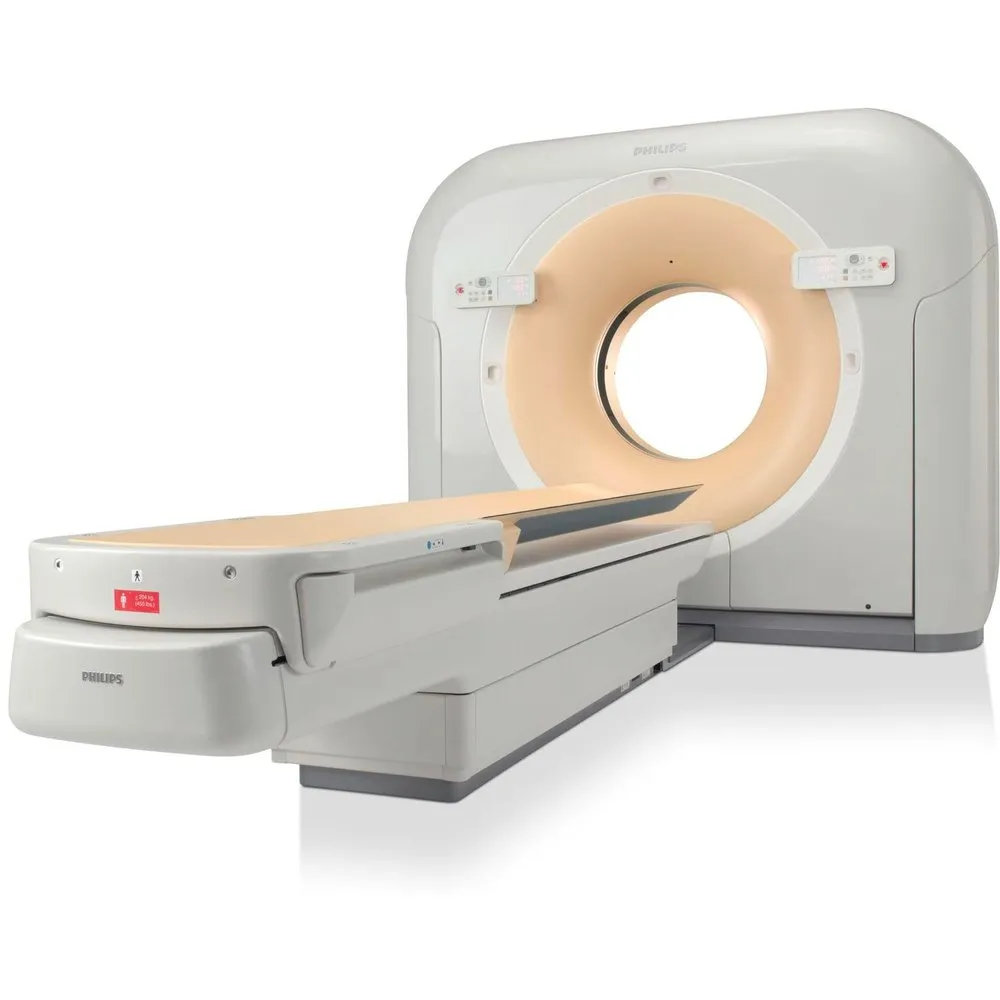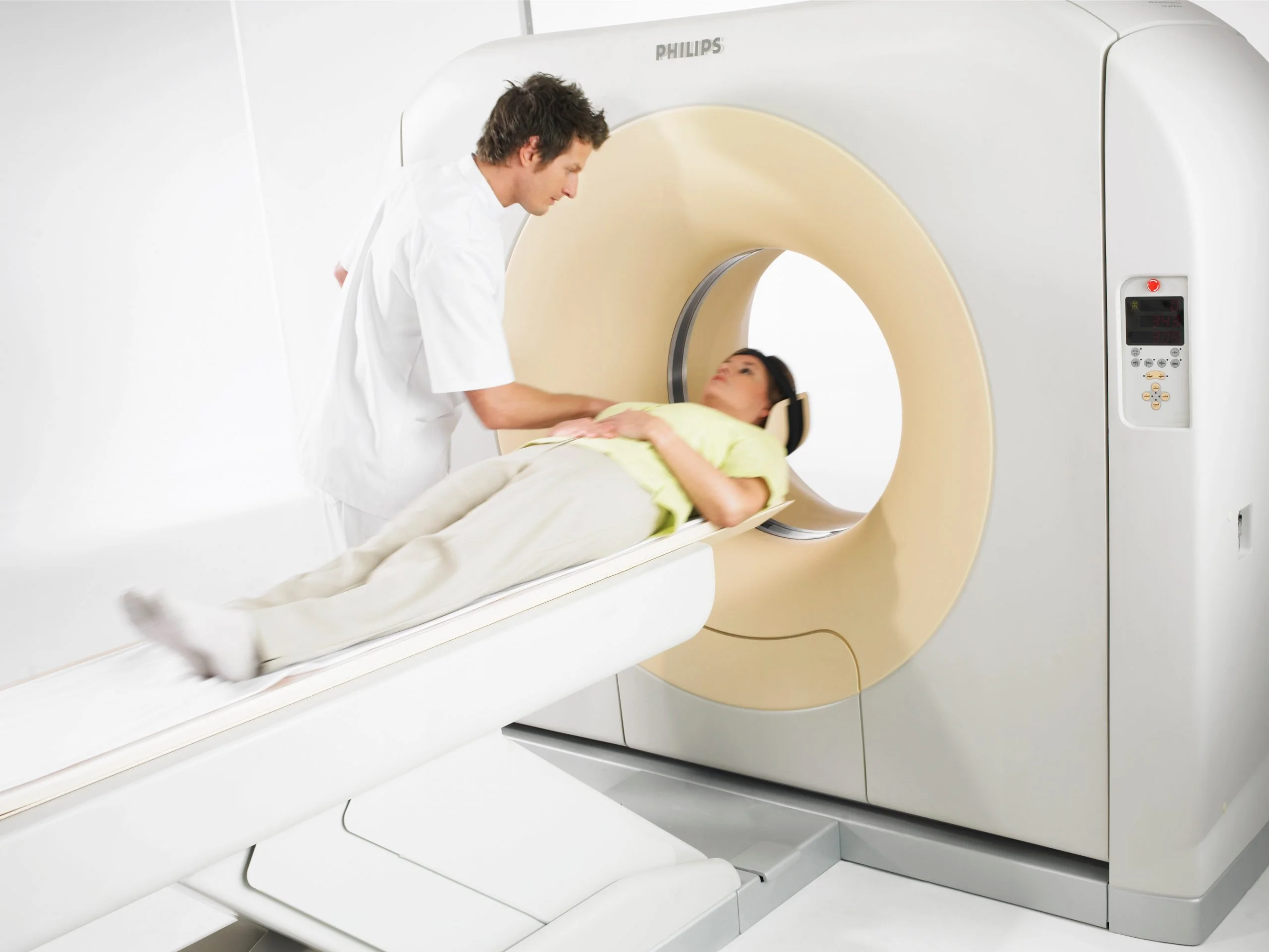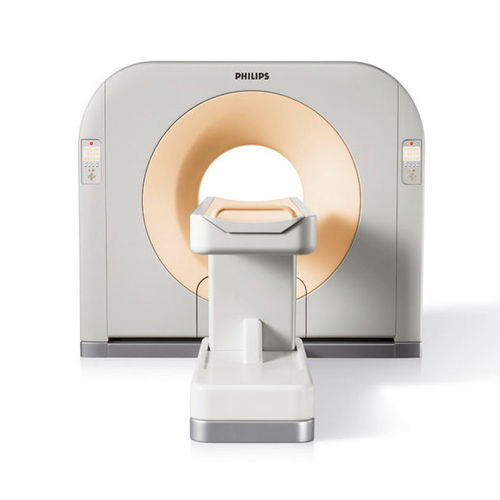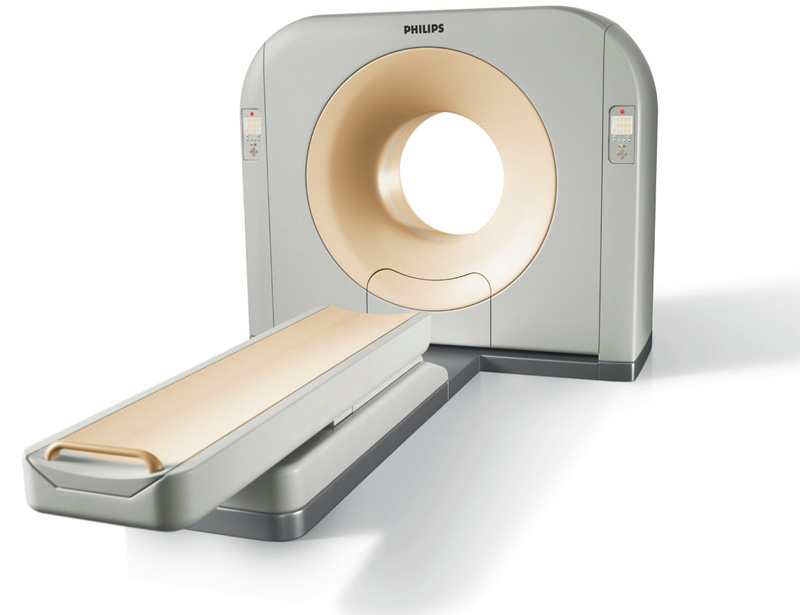Address
Sos. Panduri no. 20, Sector 5, Bucharest (in the premises of Th. Burghele Clinic)
Contact
Tel:031.436.21.82 /031.436.21.00
Mobil: 0755.060.990
E-Mail: burghele@medicales.ro
STB
122, 136, 226 – station „Spitalul Dr. Burghele”
385 – station „Soseaua Panduri”





